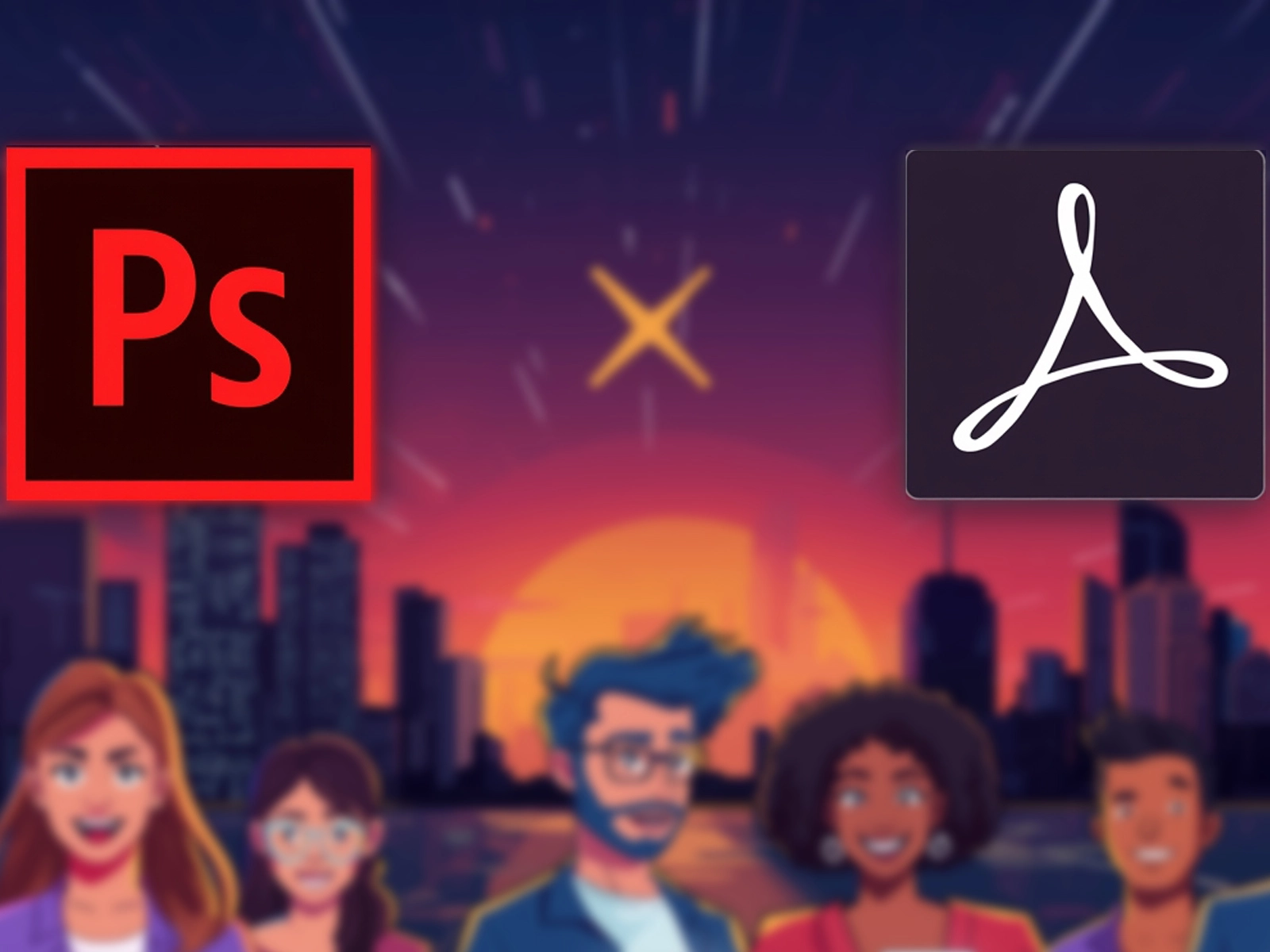
Adobe announces integration of Photoshop, Express, and Acrobat features into ChatGPT

LinkedIn launches new features to improve ad personalization

AI Overviews by Google Changed Search Almost Overnight

6 minutes
PPC scripts have their limitations. Vibe coding removes these barriers, turning complex seasonal patterns into simple, data-driven planning tools.
You’ve probably seen the article about the 7 mistakes to avoid in PPC.
For PPC marketers who have long struggled with the difficulty of writing Google Ads scripts, this may signal a real shift in the approach to automation. The idea that software can be created simply through conversation is no longer science fiction — it has become reality.
When software creation becomes that fast and personalized, it’s sometimes possible to skip the complexities that usually make development hard. There’s no need to implement user authentication or develop universal use cases if you’re building on-demand software just for yourself.
Google Ads Scripts opened automation to anyone willing to work with JavaScript. They allowed marketers to automate many routine tasks, but in practice, usage remained fairly limited. For example, over 80% of advertisers use five or fewer scripts, even though Google allows up to 250 scripts per account.
The main barriers were obvious:
Scripts were powerful, but technical constraints kept adoption low.
Vibe coding retains the essence of scripts — solving real problems without waiting for help from developers — while eliminating technical roadblocks. Instead of writing code, the user simply describes the desired outcome, and AI generates the syntax automatically.
This approach is called vibe coding because it allows you to describe the “vibe” or essence of the tool you want. It addresses all the major limitations of traditional scripts:
The only limitation is that getting ad data into the software is still more complicated than analyzing it once it’s imported. But once the data is in, vibe coding unlocks possibilities that traditional scripts never could.
The “no-code” approach ranges from drag-and-drop builders to AI-assisted development. Vibe coding sits at the far end of this spectrum: the focus is on outcomes, not code syntax.
Popular no-code platforms include:
Tools for users with basic coding experience:
For quick solutions and personal tools, a subscription to Claude or GPT is often enough. If interactive features like email or databases are needed, Lovable, V0, or Replit are worth considering.
The costs of these tools are quickly outweighed by the time saved and the ability to conduct faster analysis. An additional advantage is the community aspect: platforms like Lovable allow users to “remix” existing tools, reducing the upfront investment of time and resources.
Now, equipped with the right tools, they can be used to solve real PPC problems.
Before the emergence of vibe coding, a seasonality analysis method proposed by Kori Lidholm was used. His manual process was quite inventive:
The results challenged many long-standing assumptions. For example, most advertisers assumed that their performance peak was in Q4. In reality, the analysis revealed a more nuanced picture.
Breaking the data into three components — trend, seasonality, and residuals — uncovered patterns that significantly influenced planning approaches.
This methodology was explained in detail during a YouTube session, where the full manual process was demonstrated along with directions for potential improvement.
Despite its effectiveness, the method had limitations. Each new dataset required repeating all the steps from scratch. There was no way to save intermediate results, customize outputs flexibly, or easily share insights.
That’s why this approach became an ideal candidate for transformation into a full-fledged tool through vibe coding.
Learn more about 13 free tools for managing PPC campaigns.
When it comes to advice on getting the most out of vibe coding, many of the same principles once recommended for Google Ads scripts still apply.
Here they are, adapted for vibe coding:
A word of caution: don’t just accept AI’s first suggestion.
Vibe-coded tools may work but still have weak architecture, making them hard to scale later. Always challenge the AI and ask for explanations so you understand what your tool is actually doing.
New pitfalls to watch for include:
What you no longer need to worry about:
And when something breaks (as it inevitably will), a simple “fix it” command lets AI diagnose the issue and attempt a repair.
The core challenge in building PPC tools is that software developers are often not experts in managing ad accounts day-to-day. This creates a disconnect between technical execution and real marketing needs.
Truly understanding campaign nuances requires being directly “in the trenches,” but that usually leaves little time to write code.
Vibe coding is changing this dynamic. Over the next 2–3 years, the roles of practitioner and engineer may begin to merge. This shift opens the door to practitioner-engineers — specialists who build software tailored to their own needs. Such an approach enables faster iteration, greater flexibility, and better solutions, since the developer and user are the same person.
Traditional software development will not disappear. Scalable paid tools will still be built using classic development processes, with emphasis on reliability, usability, performance, and scalability.
However, practitioner-built tools are likely to shape the next wave of market innovation. They emerge directly from the experience of those who manage campaigns daily — and therefore respond more precisely to real-world challenges.
Read this article in Ukrainian.
Say hello to us!
A leading global agency in Clutch's top-15, we've been mastering the digital space since 2004. With 9000+ projects delivered in 65 countries, our expertise is unparalleled.
Let's conquer challenges together!
performance_marketing_engineers/
performance_marketing_engineers/
performance_marketing_engineers/
performance_marketing_engineers/
performance_marketing_engineers/
performance_marketing_engineers/
performance_marketing_engineers/
performance_marketing_engineers/